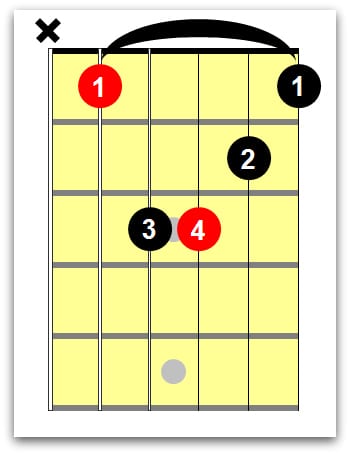

įor now, we'll focus on pop/jazz chord notation. You won't use the same tool to analyse a Bach chorale, analyse a pop song, or notate a jazz standard. (we don't want write "D major chord in first inversion" on a score, do we ?)Īs usual, notation depends on context. Now that we know all those chords, we want to be able to give them a short name. Today, we'll do 2 things : we'll learn how to name chords, and we'll make a recap of all the chords we learnt. Part 1 | Part 2 | Part 3 | Part 4 | Part 5 Please follow these links to get a quick access to the previous posts When these notes are played one at a time, they are called a B flat minor arpeggio.This is the last post in a series of 6 posts dedicated to 3 notes chords. Therefore, the notes of a B flat minor triad are B flat, D flat, and F. The triad consist of scale degrees 1, 3, and 5 played at the same time. A whole step above D flat is E flat, so we must write a flat in front of the E. A half step above C is D flat, so we need to add that accidental. A whole step above B flat is C, so no accidental is needed. If you need help remembering half steps and whole steps, visit that page in the section on melody. Check every whole step and half step in the scale and write in the accidentals, when appropriate. Do not skip any pitches or repeat any pitches.Ĥ. Write in the first five pitches of that diatonic scale. Write the pattern of whole steps and half steps as they occur between each scale degree (W H W W).ģ. We will continue with the key of B flat, and create a B flat minor triad.Ģ. Just like the major triad, only the numbers 1 through 5 are needed.

Write out the scale degrees under the staff. Follow these steps to determine the pitches of a minor triad:ġ. We create a minor triad from scale degrees 1, 3, and 5 of the natural minor scale. Just as minor scales have a different pattern of whole steps and half steps from major scales, minor chords have a different pattern than major chords.


 0 kommentar(er)
0 kommentar(er)
